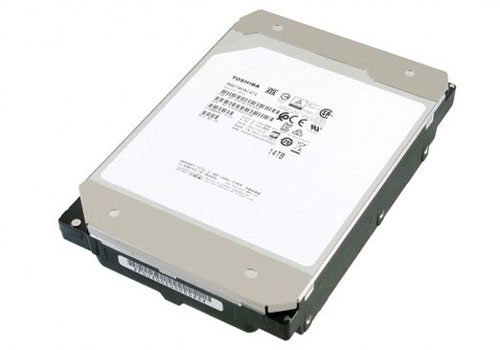News
Toshiba, a new life for mechanical storage
After the physical storage on hard drives seems to disappear to store our content only in the cloud, Toshiba chooses a different strategy. It decides to release a new hard drive with a capacity of 14TB.
Despite the few details that have been revealed about the future product, one particularly important fact is known. This drive operates without using superimposed magnetic recording or SMR. Although hard drives with this capability are already available, the existing ones rely on overlay writing. This write is destructive and a rewrite is required. All this in turn implies very slow writing drives, something that is avoided since we are moving in a context of extremely fast flash storage.
How does it work?
Toshiba announces that it has achieved this storage by applying a technique called Wave-Assisted Magnetic Recording . High-frequency radio energy is able to facilitate the writing of data to the disk. Toshiba engineers equip their product with a rotating torque oscillator, which controls that energy on the disk to achieve its goal.
Within the film and television industry, the storage aspect of material storage has always been very important. Companies will have to make decisions regarding the price-performance-capacity trade-off as new products like this one meet their necessary requirements and expectations.



